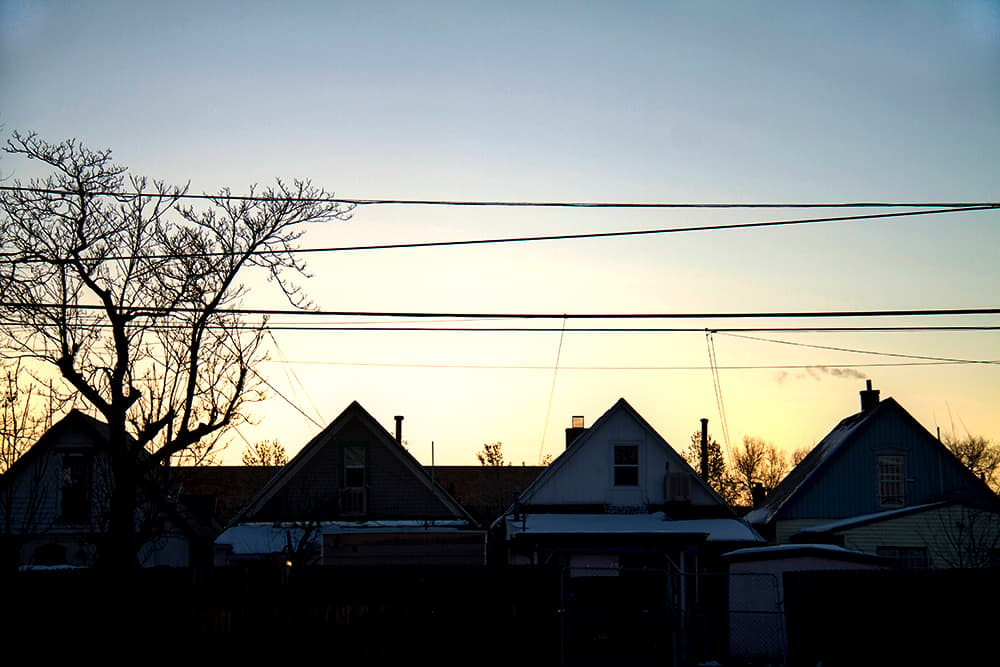
It never rains but it pours. After decades of neglect, the Globeville, Elyria and Swansea neighborhoods in north Denver are the subject of six major public projects collectively worth several billion dollars.
Mayor Michael Hancock created the North Denver Cornerstone Collaborative to coordinate local, state, public and private investments and initiatives in the area. The etymology there is that Globeville, Elyria and Swansea form the cornerstone of Hancock's "Corridor of Opportunity" that stretches from downtown to Denver International Airport.
But not everyone loves all of these projects. Community activists have asked, "Opportunity for whom?" Where the mayor's administration touts the possibility of good-paying jobs in neighborhoods with higher quality of life, others fear gentrification and displacement and question spending priorities. There's little question these neighborhoods will be very different at the end of this process.
Here's our guide to what's on deck. The links in the titles will take you to longer pieces on each of the projects.
I-70 expansion
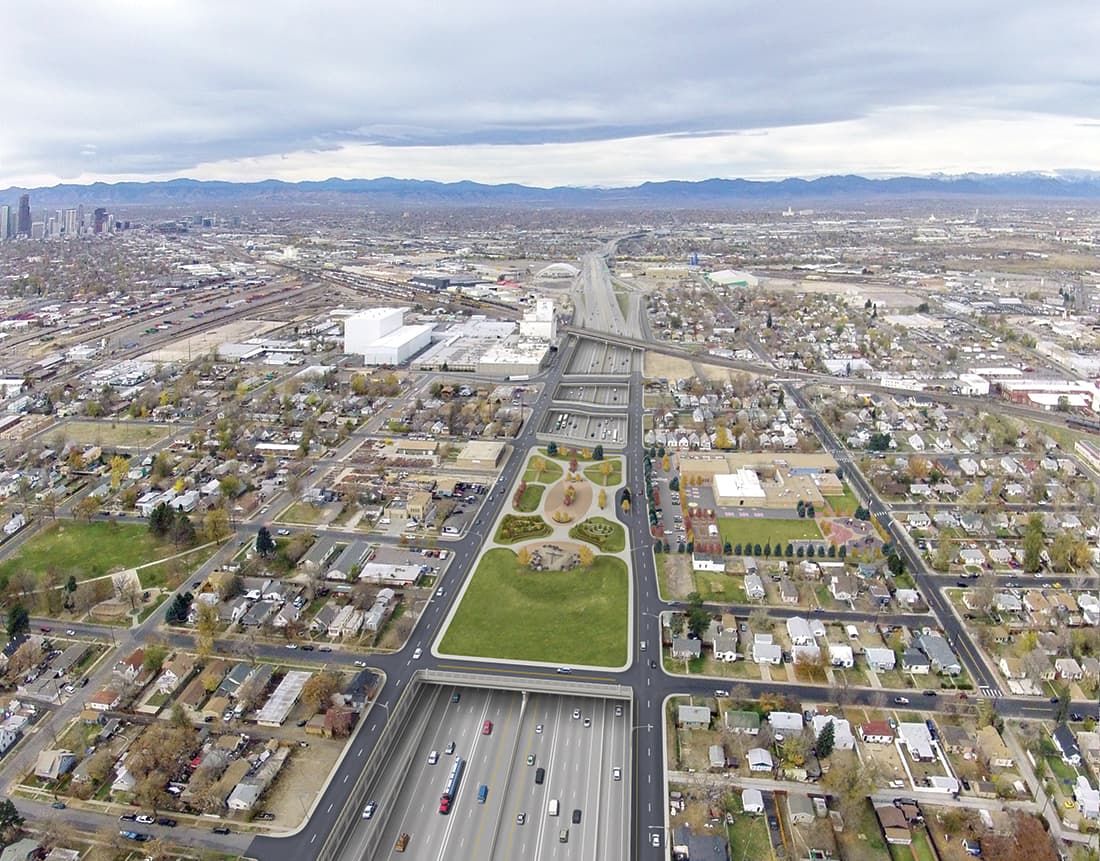
The new I-70 proposed by CDOT will be 10 lanes wide, dug into the earth between Brighton and Colorado boulevards, with new 46th Street frontage roads on the north and south sides of the highway. It will be 247 feet wide, compared to 95 to 100 feet for the existing viaduct. To make room for the project, CDOT needs to remove 56 homes and 18 businesses.
The project has the official endorsement of the city of Denver and is awaiting final approval from the federal government, but many community activists want to see the highway re-routed north of the city. There's also a lawsuit that alleges the Environmental Protection Agency improperly changed air quality standards to make it easier for the highway widening to be approved.
National Western Stock Show
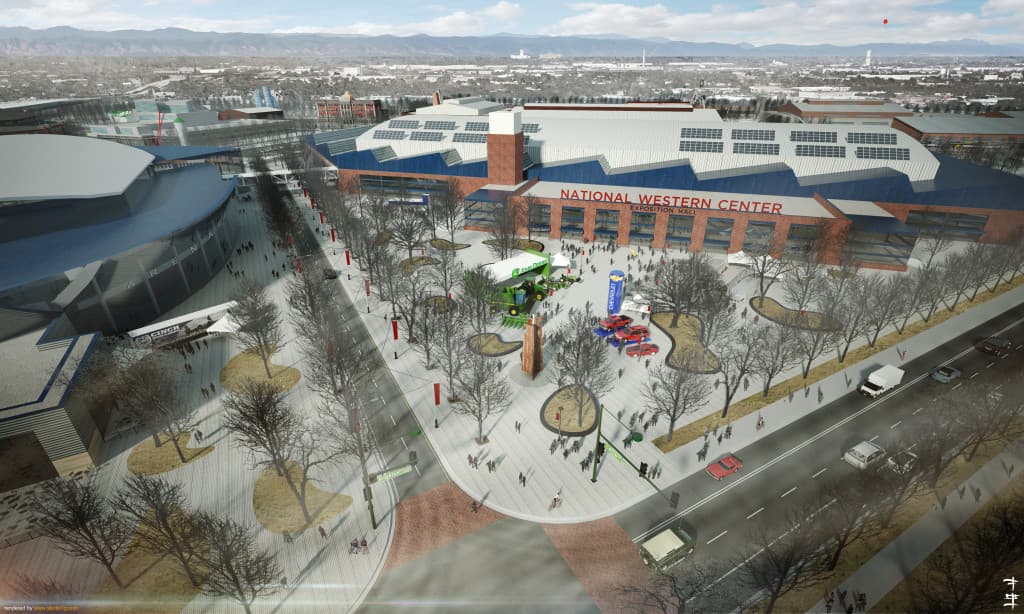
Back in 2011, the 110-year old National Western Stock Show was thinking of heading for Aurora. The National Western Center Master Plan began in an effort to keep the stock show -- and the revenue it brings -- in the city of Denver for another 100 years.
Colorado State University is an important partner in the deal, and the plan envisions a facility that could be used year-round not just for events but also for education about agriculture, ranching and water quality. The plan also would support a future Winter Olympics bid.
In November 2015, voters approved an $856 million funding proposal. The total project costs over the next decade are expected to exceed $1 billion.
Neighborhood Plans

Globeville and Elyria-Swansea lack a lot of the public infrastructure that puts Denver on "most livable city" lists. Neighborhood plans for Globeville and Elyria-Swansea completed in 2014 and 2015 lay out what residents want in terms of sidewalks and trails, housing and parks, shopping and jobs.
Some elements of those plans found their way into the National Western Master Plan -- in particular, the extension of 49th and 51st streets through the stock show grounds and across the river. Unlike the National Western, there is no dedicated funding or clear implementation plan. However, the plans do identify community priorities for when funding becomes available.
Brighton Boulevard Corridor Redevelopment
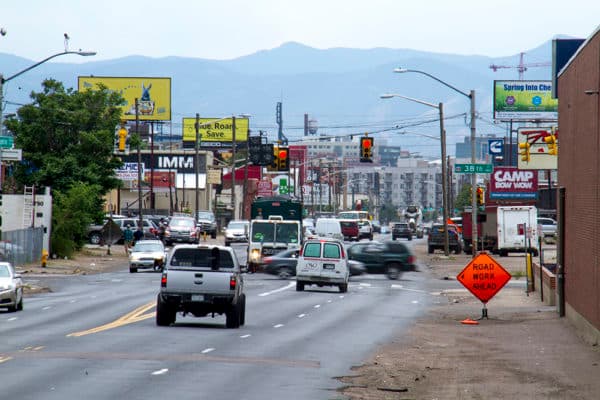
Denver is investing $26 million to turn downtown's industrial back door into a second gateway to the city. There will be bike lanes and sidewalks, curbs and gutters, trees and benches, turn lanes and on-street parking.
The road connects the stock show and Globeville, Elyria and Swansea to the rapidly gentrifying River North Art District and downtown, and will facilitate more development further north.
Construction began in spring 2016 and is expected to continue through 2017.
River North Park/South Platte River

As more people move into River North, Denver is working to take former industrial land between Brighton Boulevard and the South Platte River and turn it into a community amenity. River North Park will have river access, promenades, plazas, spacious lawns, play areas, pavilions and a festival street that can be closed down for events. The park design should also help manage stormwater to make the river a little cleaner.
This is part of a larger effort to make River North more livable and walkable, with pedestrian bridges, new street designs and sidewalks.
RTD Station Development
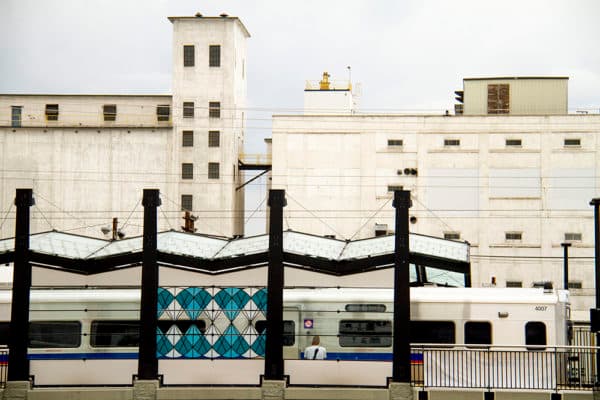
There are four light rail stations in or planned for River North, Globeville, Elyria and Swansea, and the city wants to see redevelopment -- more places for people to live and work -- around all of those stations.
The A Line station at 38th and Blake is the first one out of downtown, and the city is working on a plan to allow buildings up to 16 stories high near the station, with lower heights closer to established neighborhoods.
The city would eventually like to see more development at 40th Avenue and Colorado Boulevard, the next station east, but that area probably needs more infrastructure investment before that happens.
The National Western Stock Show station, at 49th Avenue and Brighton Boulevard on the North Metro Line, should open by 2018.
And there's been a plan on the books since 2009 for more development, including buildings up to 20 stories tall, near the 41st and Fox station in Globeville. This station on the Gold Line to Wheat Ridge should open later this year.











